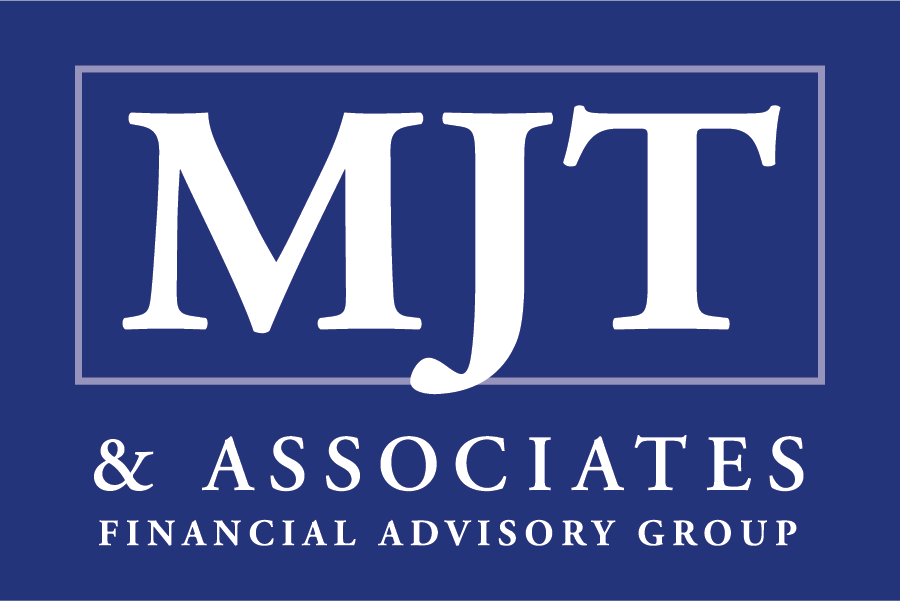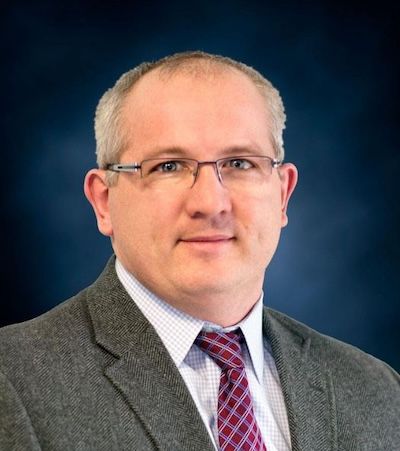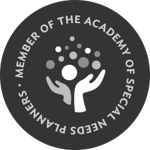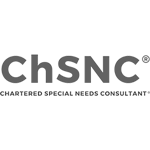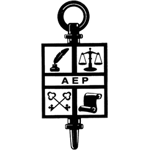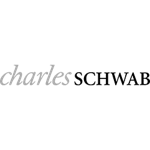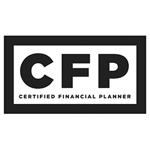Retirement planning has always been a balancing act, but for business owners, it’s an entirely different game. Unlike employees with employer-sponsored 401(k)s and pensions, entrepreneurs must be proactive, strategic, and—let’s be honest—a little creative when securing their financial future.
Enter the SECURE 2.0 Act, a legislative overhaul that’s reshaping how business owners save for retirement. While it’s easy to dismiss legal updates as just another regulatory headache, this one actually comes with some serious perks. If you’re a business owner, self-employed, or managing employees, SECURE 2.0 isn’t just another bill—it’s a blueprint for strengthening your financial future.
Let’s break it down.
The Bigger Picture: What SECURE 2.0 Aims to Fix
Before we dive into specifics, it’s important to understand why this law even exists. The original SECURE Act of 2019 (Setting Every Community Up for Retirement Enhancement) was designed to improve retirement savings access. But like most first drafts, it needed some tweaking.
The SECURE 2.0 Act, signed into law in late 2022, builds on that foundation by expanding retirement plan options, increasing contribution limits, and offering tax incentives for small businesses. The goal? More people saving more money in better ways.
Key SECURE 2.0 Changes That Matter for Business Owners
1. Bigger Tax Incentives for Setting Up Retirement Plans
If you’ve been on the fence about offering a retirement plan to your employees, SECURE 2.0 just sweetened the deal.
- Enhanced Startup Tax Credit: Small businesses (fewer than 50 employees) now get a 100% tax credit for administrative costs of starting a new 401(k) or SIMPLE IRA, up from the previous 50%.
- Additional Tax Credits for Employer Contributions: Businesses can get an extra credit of up to $1,000 per employee for contributing to their workers’ retirement accounts.
For solo entrepreneurs, this means an opportunity to invest in your own future while lowering your tax bill—a win-win scenario.
2. Higher Catch-Up Contributions (More Savings for Those 60+)
Business owners often delay serious retirement saving until their later years because, let’s face it, they’ve been reinvesting in their businesses. SECURE 2.0 acknowledges this reality by increasing catch-up contributions for those aged 60 to 63.
- In 2025, individuals in this age group can contribute up to $10,000 per year to their 401(k) (compared to $7,500 for younger participants).
- SIMPLE IRAs will also see an increase, allowing up to $5,000 extra per year.
This is a huge opportunity for business owners who are playing financial catch-up before retirement.
3. Roth 401(k) and SIMPLE IRA Expansion
We’re seeing a major shift toward Roth-style retirement accounts, and SECURE 2.0 is paving the way.
- Employers can now match contributions into a Roth 401(k), whereas previously, matches had to go into pre-tax accounts.
- SIMPLE and SEP IRAs can now have Roth options, meaning small business owners and self-employed individuals get more control over how their money is taxed.
For entrepreneurs who expect to be in a higher tax bracket later in life, Roth accounts can be a game-changer.
4. Automatic Enrollment and Escalation (A Boost for Employee Participation)
One of the biggest issues with retirement savings is inertia—employees don’t enroll, or they don’t contribute enough. To combat this:
- New 401(k) and 403(b) plans must automatically enroll employees at 3% to 10% of their salary.
- Contributions will automatically increase by 1% each year (up to 15%).
For business owners, this means a better retirement package for employees with less hassle—and a stronger ability to attract and retain top talent.
5. Delayed Required Minimum Distributions (RMDs)
For those who don’t need to tap into their retirement savings right away, SECURE 2.0 is offering more flexibility.
- The age at which retirees must start withdrawing money (RMDs) has increased to 73 (from 72) in 2023, and to 75 by 2033.
- This allows business owners more tax-deferred growth time.
6. Emergency Savings & Student Loan Matching (More Financial Flexibility)
Life happens, and SECURE 2.0 acknowledges that by offering some practical new provisions:
- Emergency Savings Account: Employers can now offer a sidecar savings account linked to retirement plans, where employees can set aside up to $2,500 for emergencies.
- Student Loan Matching: Employers can now match employees' student loan payments by contributing an equal amount to their 401(k) accounts.
Both of these features help employees manage immediate financial needs without sacrificing long-term savings.
What This Means for Business Owners
If you’re a business owner, SECURE 2.0 isn’t just another regulatory update—it’s an opportunity to take control of your retirement strategy while also enhancing benefits for your employees. The key takeaways:
- If you don’t have a retirement plan for yourself or your employees, now is the time to start. Tax credits have never been more generous.
- If you’re behind on retirement savings, take advantage of new higher contribution limits and Roth options.
- If you employ others, automatic enrollment and student loan matching could give you a competitive edge in hiring and retention.
- If you’re nearing retirement, the delayed RMDs give you more time for tax-deferred growth.
Final Thoughts: Take Action Now
Legislation like SECURE 2.0 is a reminder that retirement planning isn’t static—it evolves. The smartest business owners are the ones who adapt and take advantage of every financial tool available.
If you haven’t reviewed your retirement plan recently, now is the perfect time.
